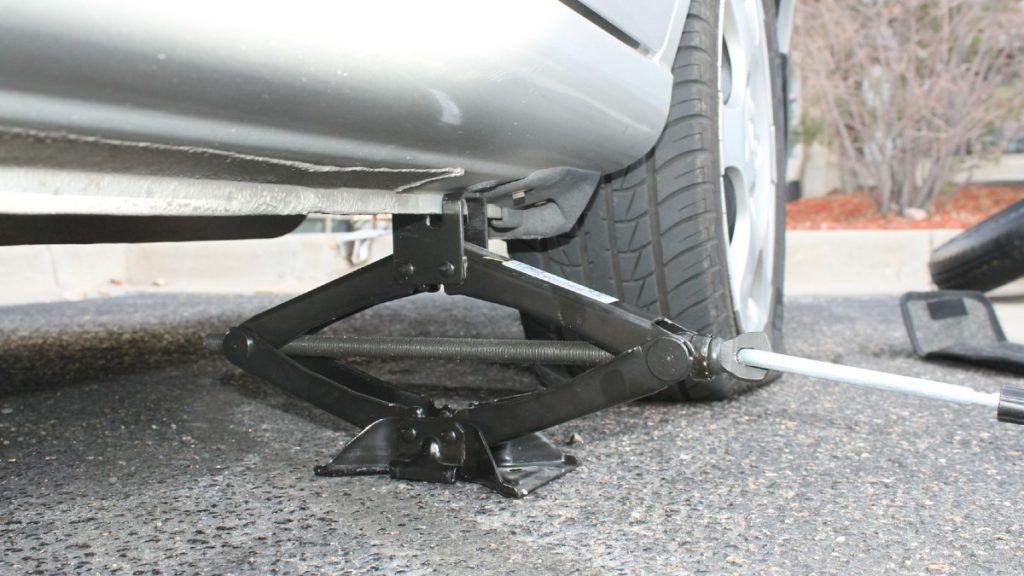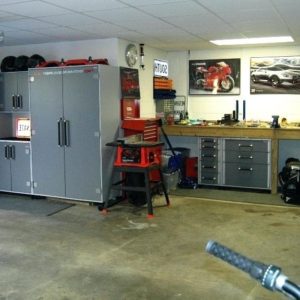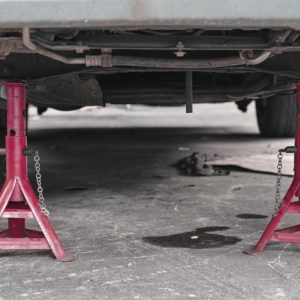Tips for Using a Car Jack
Using a car jack can be complicated for a lot of car owners, particularly the more novice ones among us. And that’s understandable – after all, a device that can lift and support an entire 2-ton vehicle is quite something and should be handled with care. And while a car jack is 100% safe if it has been kept in a good condition and if it is used in accordance with its instructions, accidents do happen precisely because these two things aren’t always the case.
So, what are the most important tips and advises for using a car jack? Where to jack up a car on the road, where to put a jack on a car, how should you use it exactly, and so on – we’ll answer all those questions here.
Safety first
The question of where to put the jack under car comes second to the question of making sure that you’re always safe. If you can’t meet any of the safety tips we’ll list below it is paramount that you call for help before you proceed in any way.
- Park the car in a safe place. If you need to jack up your car to change a flat or something similar, make sure that you park in a safe part of the road. As a driver you should be familiar with the general U.S. road rules as well as the safety laws in your state but suffice it to say that you should always pull over as far out of the road as it’s safe to in order not to be in the way of the traffic on the road, and you should always do your best to be far enough from any road turns and crossroads.
- If you need to jack your car near traffic, always put on your hazard lights and use whatever cones, flares, or pylons you have at your disposal (and the law requires) to help direct traffic away from you.
- Always jack your car on a hard, flat surface. Saying that you need to pull over in a place that’s safe from traffic doesn’t mean doing it on soft and uneven ground or on a road’s shoulder. If you intend to – or suspect that you might need to – use your car jack, always park on solid and even ground.
- Chock the wheels before you do anything. Before you light your car with the jack, chock the wheels that are meant to remain on the ground. That doesn’t often end up being necessary but is a vital precaution for those rare cases when something might go wrong.
- Check if the car is properly parked. Then double-check. This is crucial – drivers are often sure that they’ve parked their car but as this is a habit that we often do, we sometimes misremember. So, before you lift half your vehicle in the air, make sure that it’s indeed properly parked and the transmission is on P.
Raising your car
Now that all the safety precautions are out of the way, it’s time to find the right spot for raising your car. Where should you put the jack exactly and how to use it?
- Find the right spot. Most vehicles have several points along their bodies where they are designed to be lifted by a car jack. Lifting a car with a car jack from any other spot may cause the car’s weight to damage the frame or slip off the jack and cause an accident. The usual spots for most vehicles are just behind the front wheels and in front of the back ones. There’s sometimes a middle jack point behind the front and rear bumpers. However, every car is different so you should make sure that you’re certain – look for a flat metal area on the pinch weld. That’s the weld that runs beneath the car doors.
- Position the jack correctly. Line the jack just beneath the jack point. You’ll adjust it as you start working it but it’s important that you hit the right spot on the car. Another common positioning problem is putting the jack upside down. If there is no “This side up” warning written on the jack, it’s best to consult with its manual. But aside from that, the wider flat part of the jack should be on the ground while the narrower arm part with “teeth” should make contact with the car. Obviously, there are different types of car jacks out there so consulting with your manual is always advised.
- Raise the jack. Depending on whether you’re using a mechanical or a hydraulic jack, the way to do this will be different. Again – always consult with your manual and don’t skip any of its sections as you’re doing so. Both types require steady and methodical pulling of a lever or a rod with the difference being that mechanical jacks (typically scissor jacks) work with a hinged mechanism or a ratcheting system, where hydraulic jacks (usually floor or bottle jacks) pump liquid – an oil – from the jack’s reservoir to slowly lift it up. Here is a brief explanation of how hydraulics work.
- Lift the car itself. As you keep raising the jack it will start lifting the car off the ground. When that happens, working the jack will become harder but still doable as long as you have sufficient body strength. It’s important to do everything slowly as your car is being lifted as you need to pay close attention to everything that’s happening. Having a buddy or two to help you keep an eye on the traffic, on the other side of the car, on its grounded tires, and so on, is always recommended. Don’t hesitate to ask someone to pull over (if it’s safe) and help you even if you think you can do it on your own – even an unused set of extra hands is always welcome.
- Use jack stands if you’re going to have to work under the car. Never ever go beneath a car that’s supported by a car jack alone, no matter how secure you think it is – it’s just not worth the risk.
- Once you’re finished, lower the car as slowly and as carefully as you lifted it up. Accidents are as likely to happen while you’re lowering as they are while lifting it. If you’ve used jack stands you might need to first lift the car a bit to remove the jack stands and then start lowering it.
- Floor Jack Storage Ideas and Tips - November 19, 2019
- Tips for Using a Car Jack - November 12, 2019
- How Often Should You Wash Your Car in the Winter? - November 5, 2019




Leave a Reply